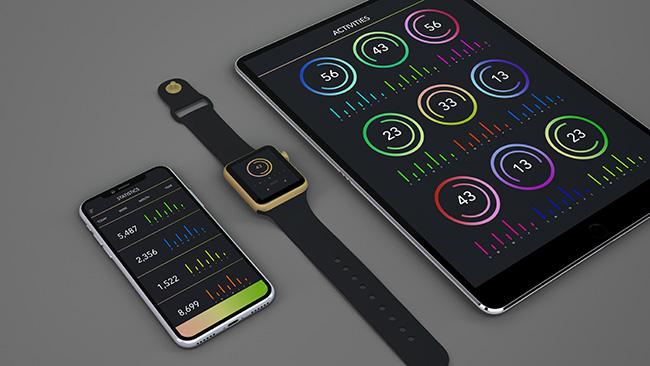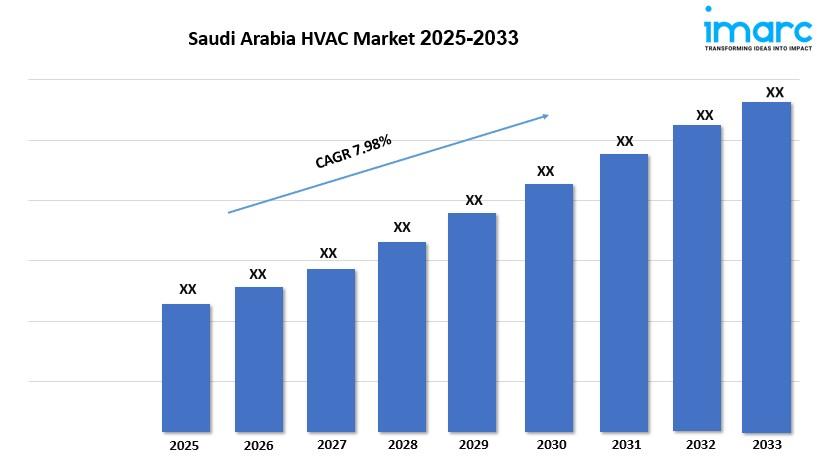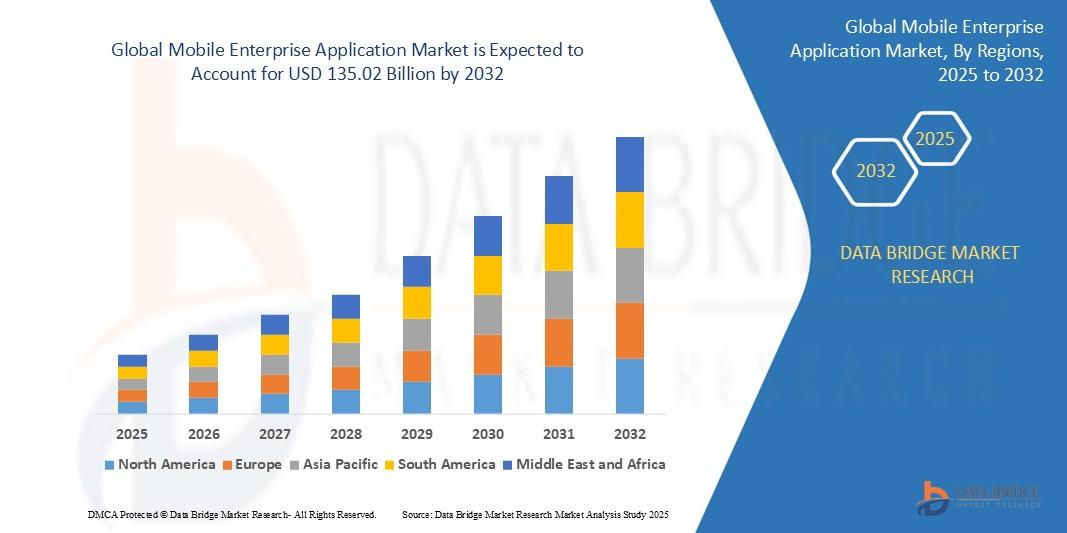How AR and VR Will Influence Wearable App Development Services

Augmented Reality (AR) and Virtual Reality (VR) are revolutionizing the technology landscape, and their impact on Wearable App Development Services is poised to be transformative. As wearable devices such as smartwatches, smart glasses, and fitness bands become more mainstream, the integration of AR and VR opens up exciting new possibilities. These immersive technologies are not just adding features—they are reshaping the user experience, driving innovation in industries from healthcare to entertainment.
The Rising Demand for Wearable Apps
Wearable technology has seen a surge in popularity due to its ability to provide real-time data, personalized feedback, and hands-free functionality. According to market research, the global wearable technology market is expected to exceed $150 billion by 2027. This growth is fueled by consumer interest in fitness, health tracking, communication, and smart assistance.
However, as user expectations grow, so does the demand for more sophisticated, engaging, and context-aware applications. This is where AR and VR come into play.
AR and VR: A New Dimension for Wearable Apps
AR overlays digital content on the real world, while VR immerses users in a completely virtual environment. When combined with wearable devices, these technologies enable a seamless blend of physical and digital experiences.
1. Enhanced User Interfaces
Traditional wearable interfaces are often limited by screen size and input constraints. AR and VR can overcome these limitations by creating immersive, gesture-controlled interfaces that enhance usability. For example, smart glasses with AR capabilities can project a virtual dashboard in front of the user, allowing them to interact with information through eye movements or voice commands.
2. Real-Time Visualization and Feedback
AR and VR enable real-time visualization that is especially valuable in health and fitness apps. Imagine a fitness tracker that not only monitors your activity but also shows your workout form in 3D, correcting your posture through AR-guided overlays. Similarly, VR can simulate immersive workout environments, such as virtual yoga studios or cycling through scenic landscapes, making fitness routines more engaging.
3. Revolutionizing Healthcare
Wearable apps in the healthcare sector can be greatly enhanced through AR and VR. Surgeons could use AR-enabled smart glasses to receive critical data during operations without looking away from the patient. Patients recovering from physical injuries could use VR-based therapy applications delivered through wearable headsets for guided rehabilitation sessions, improving motivation and outcomes.
Moreover, remote consultations can be enhanced with AR to enable doctors to visually assess patients, while VR can simulate treatment scenarios for better diagnosis and care planning.
4. Personalized Shopping and Fashion
The retail industry is leveraging AR and VR to provide immersive shopping experiences. With wearable AR devices, users can see how clothes, glasses, or accessories would look on them without physically trying them on. Virtual fitting rooms powered by AR allow for customization, style suggestions, and real-time visualization, all through a wearable device.
This personalized, immersive approach increases user satisfaction and reduces product returns, making wearable apps a key driver in the future of fashion and retail tech.
5. Improved Navigation and Travel Experiences
Wearable apps equipped with AR can offer real-time navigation cues projected directly into the user’s field of view. This hands-free navigation is especially useful for cyclists, pedestrians, and drivers. In travel, VR headsets integrated with wearable devices can offer virtual tours of destinations, museums, and landmarks, enriching the travel experience before or during the journey.
6. Gamification and Entertainment
AR and VR are redefining entertainment on wearable platforms. Fitness apps can incorporate game elements, such as competing in virtual marathons or completing obstacle courses in an augmented environment. VR-enabled wearables can provide immersive movie watching or gaming experiences on-the-go, creating new avenues for content creators and developers.
7. Industrial and Enterprise Use Cases
In manufacturing, logistics, and field services, AR and VR-powered wearable apps can streamline operations. Workers can receive step-by-step instructions overlaid in their view through AR glasses, reducing errors and training time. VR can be used for safety training simulations, helping workers practice responses in dangerous scenarios without real-world risks.
Key Considerations for Developers
For developers looking to build wearable apps that incorporate AR and VR, several challenges and considerations must be addressed:
-
Battery Optimization: AR and VR can be resource-intensive. Developers must optimize performance to preserve battery life on wearables.
-
User Experience: Intuitive and non-intrusive design is crucial. The immersive nature of AR and VR must not overwhelm or distract users.
-
Privacy and Data Security: Wearables often collect sensitive personal data. Ensuring robust security and compliance with data protection regulations is essential.
-
Cross-Platform Compatibility: With various wearable devices in the market, ensuring compatibility across platforms like Android Wear, watchOS, and proprietary AR/VR headsets is vital.
The Future Outlook
The convergence of AR, VR, and wearable technology is still in its early stages, but the potential is immense. As 5G networks and edge computing become more prevalent, the speed and responsiveness required for real-time AR and VR applications will improve dramatically. This will further expand what’s possible in wearable app development.
In the near future, we can expect a new generation of apps that are not just tools, but fully immersive experiences. Wearable devices will become central to how we interact with both the digital and physical world, with AR and VR acting as the bridge between them.







